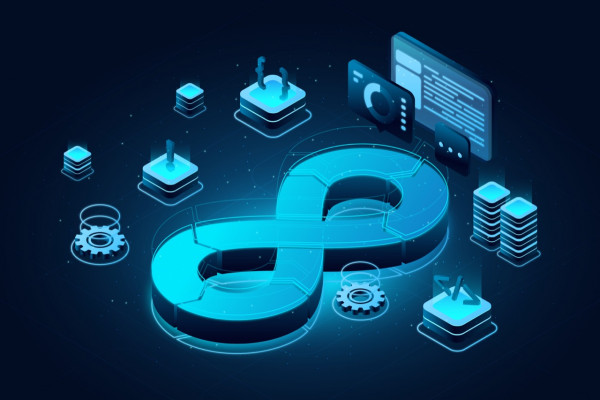In the late 1990s, Digital Asset Management (DAM) programs were made as a better way to store things than traditional library storage. But in the last twenty years, digital asset management has grown and changed in a huge way. As a result, the market size of digital asset management (DAM) is projected to grow from $4.2 billion in 2022 to $8 billion by 2027 at a CAGR of 13.6%, clearly indicating a bright future for DAM.
Today, businesses depend heavily on digital content, and DAM programs are a key part of how digital assets are shared, managed, and optimized. When integrated into day-to-day business operations, digital asset management can give businesses an edge in a global market that is always changing. What is Digital Asset Management, by the way? Are you curious to know? Let’s dig deep and get some perspective on this game-changing approach.
What is Digital Asset Management?
Digital assets can be anything valuable to a company that can be stored digitally. This will allow you to publish, manage, and share these digital assets with anyone inside or outside your organization. In today’s ever-changing digital arena, there are no restrictions on what a digital asset can be. Digital content like videos, photos, music documents, and other media that have copyrights is considered a digital asset.
Digital asset management (DAM) can be considered both an information management technology and a business process that builds a centralized system for companies to stack and access their digital media assets. In other words, digital asset management is a way for companies to keep track of and use their digital assets to build brand awareness, give their sales and marketing teams more power, and send their target audience a clear and powerful message.
How does the DAM software solution work?
Here are six steps involved in the working of DAM Software,
- Asset creation: File formats and standardized templates assist in getting digital files ready for encoding before they are created. This approach makes file search and retrieval seamless.
- Encoding & Indexing: To make asset search easy, metadata allows digital content identification through attributes like asset types (whitepaper, version, media, and technology. Such identifiers create an index and group assets that have similar tags to boost searchability.
- Workflows: The indexing can then be utilized for rule-driven workflows, allowing process and task automation.
- Version control: This becomes increasingly vital for workflow automation, as it makes sure that the most up-to-date asset is being used within the existing one. Additionally, as new workflows emerge, version control ensures that only the latest version is accessed and utilized for review & use.
- Management through permissions: This ensures only those individuals get permission to access and use the digital assets as per recommendations. This step protects the company’s assets from accidental corruption, theft, erasing or tampering.
- Auditing: An audit must be carried out internally to evaluate DAM efficacy and identify improvement areas. Similarly, regulatory bodies may audit the DAM solution to ensure an enterprise’s process and technology comply with standard regulations.
Benefits of Digital Asset Management
- Saves time
Nowadays, time is treated as money, and every minute saved can add value to your business enterprise. Digital asset management offers automation and workflows that can help you execute projects without hassles. With a centralized system, you can make and share marketing and content assets on a large scale.
- Protects your brand image
Brand management is not a one-shot deal that can be achieved overnight. You have to work smart and make sure that the voice, messaging, colors, icons, taglines, logos, and other assets stay in line with the brand guidelines for your company. Also, make sure the right content gets on board and the old branding goals are achieved for maintaining the history and inspiring the future workforce.
- Manage marketing campaign within the budget
A digital asset management system creates an opportunity to make more with less. It will give you a place to start building content marketing plans that you can put into action on a small budget.
- Make digital content easily accessible
Content’s value lies primarily in its accessibility. So, everyone who wants to do business or buy services from your company’s domain must be able to access your digital content. A DAM platform allows you to organize content, perform tagging that hooks relevant users, and share assets to get your digital content in front of the right audience.
- Explore new opportunities
With more time and capital at your disposal, you’ll be entitled to test new use cases and check what works effectively. You won’t be engaged in a weekly or monthly battle to get your marketing campaign across the finish line.
Use Case: Digital Asset Management
Streamlining Content Production
Everyone has come to realize that content is the undisputed king ruling the digital world. A digital asset management solution can help you organize and manage your digital content more efficiently by giving you a central place for all of your digital assets. This includes all kinds of digital files like images, documents, videos, etc. With the help of digital asset management, you can easily find and reuse your digital assets. It can boost efficiency in every phase of the sales cycle. You can save time and money by minimizing the need to search for missing files or recreate the lost ones.
Conclusion
Digital asset management is much more than a management solution. It is a crucial business program that every company must adopt to grow its brand. It provides an organized approach to storing and managing digital assets, which enterprises increasingly depend upon to connect their creative workflows.



